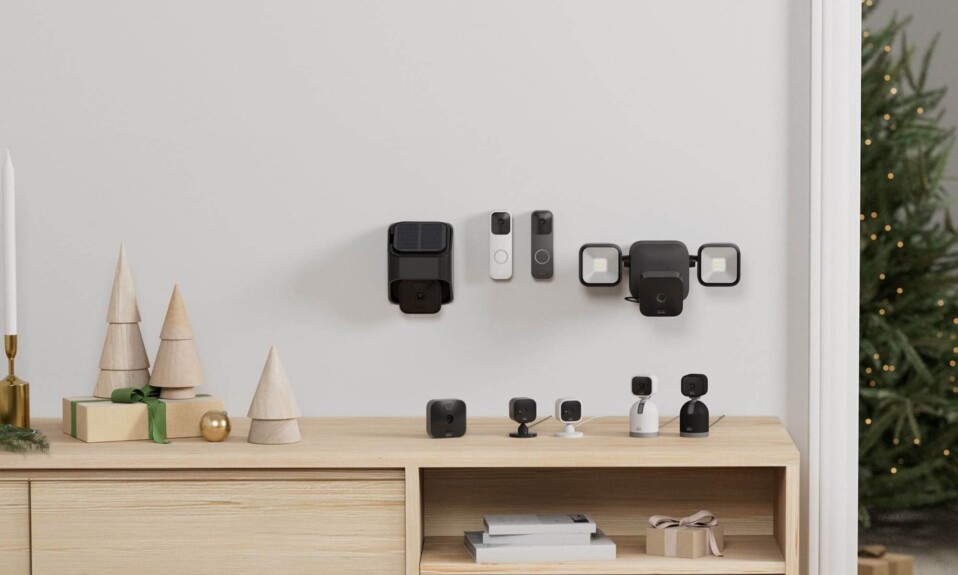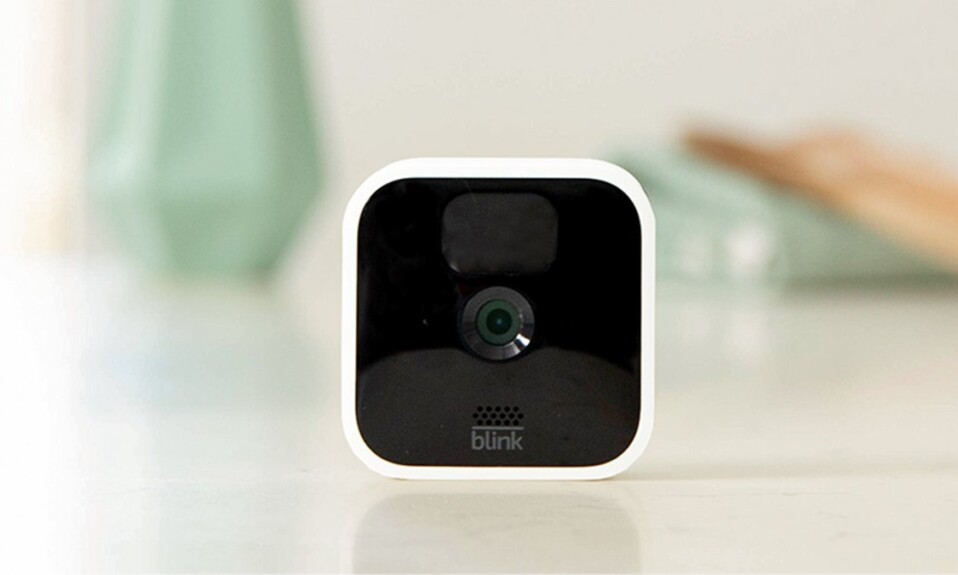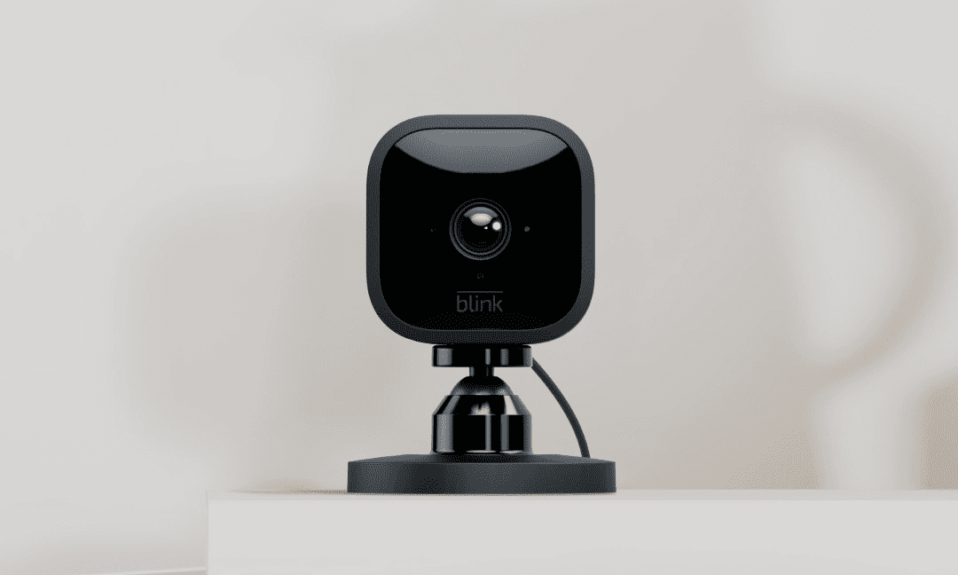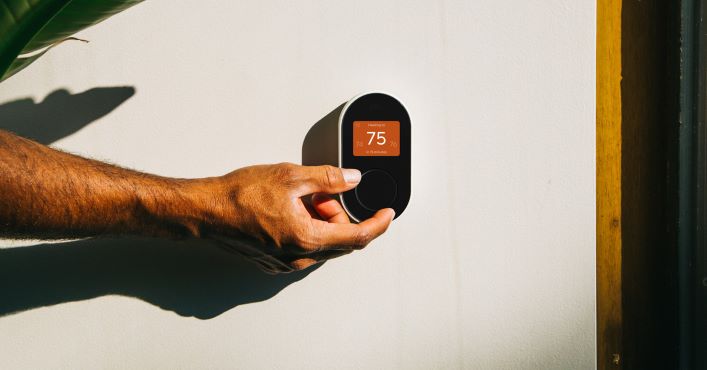
Blink cameras are battery-powered which makes them less invasive in your home than wired cameras, and require no drilling or ceiling jobs so they are easy to install and more flexible than wired systems.
With the exception of the Blink mini which needs to be plugged into a wall outlet, indoor and outdoor models come with two AA lithium batteries that can last up to two years and do not require the use of Li-Ion, alkaline or rechargeable Ni-Cd, or Ni-MH batteries.
In this post, we will dive into the requirements for Blink batteries and see the reasons why they can only work with non-rechargeable 1.5V AA lithium batteries.
Sommaire
Blink camera battery life.
As we said before the indoor and outdoor model comes with a battery that can last up to 2 years which makes it one of the most efficient cameras among all smart security cameras that are on the market right now.
Of course, the longevity of the batteries will depend on many factors such as frequency of use, device settings, and environmental factors, a bad usage behaviors will only decrease the lifespan of your battery.
According to Blink, the two years are estimated based on 5,882 seconds of live view, 43,200 seconds of motion-activated recording, and 4,788 seconds of two-way talk which gives us 70 seconds of daily usage.
Lithium vs Alkaline batteries
Many people are asking why they can’t use the Alkaline batteries on their Blink cameras? This can be due to many advantages that the Lithium batteries offer and the Alkaline don’t.
Note: Lithium batteries are not the same as Lithium-Ion batteries. Unlike Lithium-Ion, lithium batteries are not rechargeable.
- Power: Lithium batteries produce twice as much voltage as alkaline batteries which gives them a long-lasting life and reliable power, They also have extremely high energy density which allows them to operate in devices that need high power requirements like blink cameras.
- Temperature: Lithium batteries are able to work even in the most extreme temperatures (extremely cold weather or extremely hot weather) which makes them suitable for outdoor devices. this feature is not available in alkaline batteries.
- Weight: Lithium batteries are much lighter and smaller than alkaline batteries which makes the device much lighter.
- Price: Lithium batteries cost is higher compared to Alkaline but they can last up to 4 times longer so the ROI is there.
When you’re using Lithium batteries on your Blink cam you’ll be able to produce 100–200+ flash photos compared to 20-40+ with the alkaline models.
Can Blink cams work with rechargeable batteries?
The company doesn’t recommend to their users to run their cams with rechargeable Li-Ion, Ni-Cd, or Ni-MH batteries because these batteries do not provide sufficient current for Blink products.
They said that AA Lithium Ion or Li-ion batteries will carry a higher voltage and may cause issues with your camera. Users have also experienced rapid battery drain when using nickel-metal batteries.
Can Blink cameras operate without batteries?
Blink cameras come with a USB port that can be used with a Micro USB cable and adapter to power them without having to rely on their batteries.
If your cam is placed in an area with high traffic that may drain the battery faster or you’re one of those who may access the live view multiple times a day adding a power adapter is a right choice for you.
Note 1: For safety only use 5V/1A USB power adapters.
Note 2: A standard Micro USB cable will remove the weather resistance of any Blink camera (especially on an XT or XT2).
- Safety measures:
- Do not force the adapter into a power outlet.
- Do not expose the adapter or cable to liquids.
- If the adapter or cable appears damaged, stop using it immediately.
- When installed, check if the connectors are being pulled by a tight cable.
- Move the camera if necessary, to prevent the cable from pulling on the connectors and exposing your camera to the elements.
- Check for any signs of malfunction such as smoke, or a burning smell from the adapter, or the camera it is attached to, as this is a sign of a damaged or incompatible power adapter.
- Instructions to install a USB power cable:
- Make sure the cable reaches your camera without being stretched.
- Remove the silicone USB port protector on the back cover of your camera.
- Ensure the adapter plug and camera case opening are free of debris, dirt, oil, or liquid of any kind, and then insert the micro USB end of the plug into the camera. You may feel a slight resistance as the silicone is fitting the camera case, however, the plug should seat without difficulty. If you feel the need to force the plug to fit, it may not be seated correctly. Please double-check if the plug is held with the correct side up.
- Once the plug is securely in place, check the fit of your mounting location before connecting the camera to the mount. If the fit is too tight, the USB plug may be pulled from the camera accidentally.
- With the cable attached to the camera, plug the power adapter at the other end into your electrical outlet.
- Check the camera function by taking a thumbnail image or opening a Live View session to be sure you have the camera view you need.
- USB plugs are generally compatible with Blink accessories. For instance, an opening is molded into the Camera Stand as shown.
Source: Blink.
Conclusion.
Even if the batteries that come with the Blink cam have a high lifespan they can be discharged in less than two years if they’re used in high traffic area or when the owner use them many times during the day to access the live view or talk with people inside or outside his house.
Blink offers a “Battery Expansion Pack” that gives 2 years of extra battery life by running on four batteries instead of two.
- Does Ring Camera Work Without Subscription? - January 23, 2024
- How To Secure Ring Camera From Hackers? - January 15, 2024
- Ring Camera Not Picking Up Motion? – (Here’s The Solution). - January 11, 2024










1 Comment
Comments are closed.